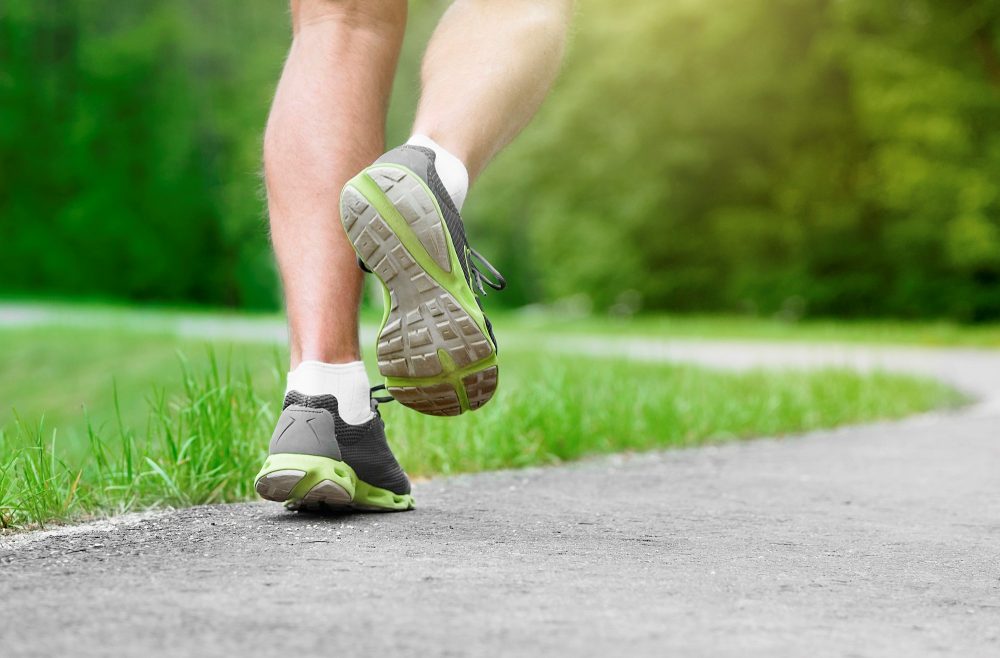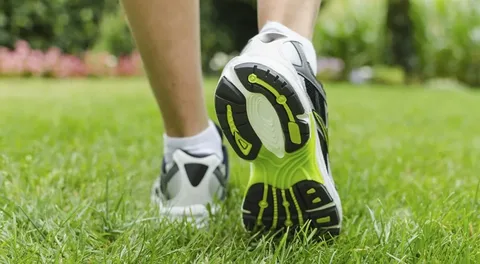If you’re in the market for a pair of running shoes for supination, you’ve come to the right place. Supination is a common condition among runners, and it’s important to find the right pair ofsupination running shoes designed specifically to support your feet.
Arch Support
Arch support is essential for runners who experience supination, as it helps to evenly distribute weight and pressure across the foot. Having adequate arch support can also help reduce the risk of injuries and improve performance. The best running shoes for supination have built-in arch support that is comfortable and supportive. Look for shoes with a semi-rigid midsole, arch support, and heel counters that provide additional stability and cushioning. A good rule of thumb is to look for shoes with an insole with an arch height of at least 8mm. This will ensure the arch receives enough support while providing enough cushioning for comfort.
Heel Counter
The heel counter of a running shoe is one of the most important features for those with supination. The heel counter is a rigid cup that wraps around the back of your heel, giving it support and helping to keep it in place. This is especially beneficial for those who tend to roll their feet outward (supinate) when they run, as the heel counter helps to prevent this motion. It also provides extra cushioning and protection to the heel. When selecting running shoes, look for a shoe that has a firm but comfortable heel counter that provides adequate support.
Pronation Control
Pronation is the natural inward rolling of the foot when you land from a stride. Excessive pronation, or overpronation, can lead to several injuries, including shin splints, ankle sprains, and even knee pain. Running shoes designed for supination should have a built-in pronation control feature to prevent excessive pronation. Look for a supportive midsole design firmer in the medial or inside part of the shoe to provide the necessary support. The sole should also be wide enough to allow your feet to move and contain cushioning materials to absorb shock. An external stability device like a heel counter can also help control pronation.
Motion Control
Motion control running shoes are essential for those with supination, as they help to limit the excessive outward rolling of the foot. Motion control shoes have a stiffer construction than regular running shoes and are designed to reduce the risk of injuries from excessive pronation. The upper portion of the shoe typically has extra support, and the midsole is designed to control the degree of pronation during each step. The outsole also has a wider base and reinforced tread patterns to promote stability and reduce the risk of overpronation. These shoes can be heavier than other running shoes, but the added stability makes them a great option for runners with supination.
Cushioning
Regarding running shoes for supination, cushioning is a key factor to consider. Cushioning in a running shoe absorbs the shock of your foot striking the ground, which reduces the strain on your joints and muscles. It also helps reduce fatigue, so you can run for longer distances more comfortably.
The level of cushioning in a running shoe can vary significantly depending on the type of material used. For example, many running shoes for supination use lightweight, responsive foam cushioning such as EVA or PU foam, while some use air or gel-based cushioning. The type of cushioning will depend on your preferences, but generally speaking, the more cushioning, the better.
In addition to cushioning, the sole of your running shoe should have adequate arch support to ensure your feet are supported properly. A good arch support helps to reduce overpronation, which is when the foot rolls too far inward as it strikes the ground. The combination of cushioning and arch support helps to ensure that your feet remain comfortable during long runs and help to reduce the risk of injury.
Breathable Supination Running Shoes
When you’re running, choosing a shoe with breathability is important. This ensures that your feet are kept cool and dry throughout the workout. Breathability is achieved through mesh panels in the shoe that allow air to flow freely in and out. The mesh also helps prevent moisture buildup, which can lead to blisters and other uncomfortable side effects. When choosing supination running shoes, look for ones with plenty of breathable mesh on the upper. This will ensure that your feet stay cool and dry while you run.
Stability
When it comes to running shoes for supination, stability is a must. Runners who over-pronate or under-pronate need to know the importance of support and stability. Shoes designed for runners who tend to over-pronate should feature an extra-stable platform to help minimize this issue. Runners with a tendency to under-pronate should look for a more neutral platform. In either case, look for a sole that provides a stable base while allowing flexibility in the forefoot. For runners who tend to over-pronate, a thicker midsole and a durable rubber outsole can provide good stability without compromising cushioning. For under-pronators, look for light, flexible shoes that provide moderate arch support and cushioning. This will ensure that your foot is securely supported throughout the running motion.
Traction
Traction is a key feature when shopping for running shoes for supination. Good traction on the outsoles of your shoes helps provide a secure grip, no matter the surface. Look for shoes with a multi-directional pattern and deep, wide grooves extending to the midsole and giving you extra stability as you move. Shoes with thick rubber compounds will provide better grip and abrasion resistance, ensuring your footing remains steady and secure. Additionally, a raised forefoot tread will help promote forward propulsion with each stride. The cushioning system is also very important in these types of shoes. A good cushioning system should be able to absorb shock while also providing stability in order to protect your joints from impact forces.
Fit
Regarding running shoes for supination, fit is one of the most important features to consider. Make sure that the shoe fits your foot snugly but not too tightly. You do not want it to be so tight that it causes discomfort or pain. It should also provide enough room in the toe box to allow your toes to move comfortably when you run. You may need to try on several different sizes and styles of shoes to find the one that fits you best. If you have wide feet, look for wide-width shoes for a more comfortable fit. It is also important to wear the same type of socks you will be using for running when trying on the shoes to get an accurate feel for the fit.
Conclusion
Running shoes for supination are specially designed to give you the support and stability you need while running. The above features are all important considerations when selecting the right running shoe for your needs. Investing in quality running shoes can provide comfort, protection, and improved performance over time. Be sure to find a pair of shoes that fit correctly, provide the correct support, and are made with quality materials. With the right pair of running shoes, you can enjoy your run confidently and comfortably!
Related Websites:
Articles on Blogshunt
Articles on Blogseu
Articles on Blogspeoples
Articles on Allcityforums

